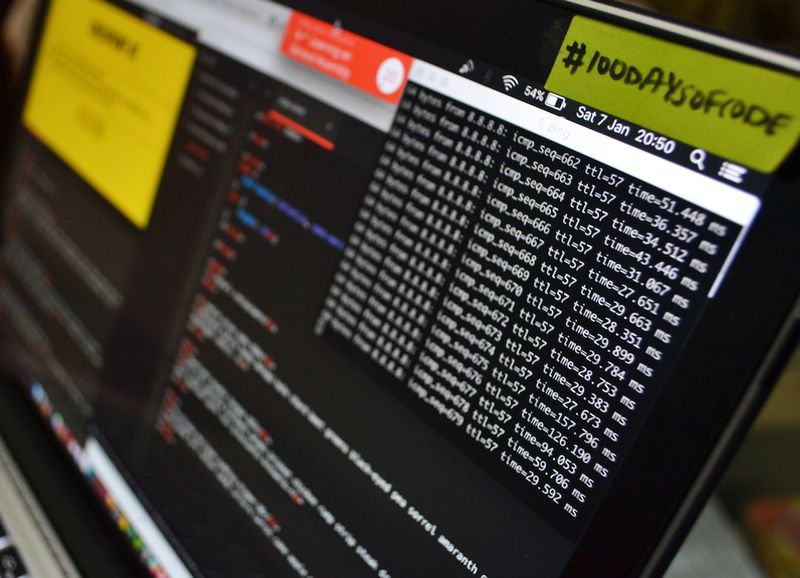Colorado Department of Higher Education Discloses Ransomware Attack, Data Breach
The Colorado Department of Higher Education (CDHE) recently revealed that it had fallen victim to a ransomware attack, resulting in a data breach that has impacted numerous students and teachers. In a data incident notice published on its website, the CDHE stated that it became aware of the cyberattack on June 19 and that the investigation is still ongoing. The attackers targeted CDHE systems between June 11 and June 19, gaining unauthorized access to sensitive information such as names, social security numbers, student identification numbers, and other education records.
Increase in Ransomware Attacks on Education Sector
This incident comes as no surprise, as the education sector has increasingly become a target for profit-driven cybercriminals. Over the past year, the US government has issued multiple alerts regarding these types of attacks. The CDHE’s data breach follows closely after Colorado State University’s revelation that it suffered a hack by the Cl0p ransomware group. This attack, known as the MOVEit hack, affected numerous organizations directly and indirectly. The targeting of educational institutions underscores the critical need for improved cybersecurity measures in the sector.
The Impact on Affected Individuals
The breach has the potential to affect a significant number of individuals who attended public institutions of higher education in Colorado between 2007 and 2020, those who attended a Colorado public high school between 2004 and 2020, individuals with a Colorado K-12 public school educator license between 2010 and 2014, participants in the Dependent Tuition Assistance Program from 2009 to 2013, participants in the Colorado Department of Education’s Adult Education Initiatives programs between 2013 and 2017, and individuals who obtained a GED between 2007 and 2011. The compromised information, including social security numbers, can be used for identity theft and other malicious activities.
The Response and Steps Taken
To mitigate the damage caused by the breach, the CDHE is providing affected individuals with free credit monitoring and identity theft protection services. This response aims to help affected individuals monitor their financial accounts and credit history for any suspicious activity. The CDHE should be commended for taking these steps to support those impacted by the breach.
The Need for Stronger Cybersecurity Measures
This incident should serve as a wake-up call for educational institutions across the country. It is imperative that schools and colleges, along with government agencies, prioritize the implementation of robust cybersecurity measures to protect sensitive data from cybercriminals. Given the increasing frequency and sophistication of ransomware attacks, educational institutions should invest in comprehensive security solutions, including regular security audits, employee training on cybersecurity best practices, and the adoption of encryption technologies. Collaborative efforts between educational institutions, government agencies, and cybersecurity experts are crucial in developing effective defense strategies against cyber threats.
The Role of Individuals in Ensuring Security
While it is the responsibility of institutions to safeguard the data of their students and employees, individuals also have an important role to play in ensuring their own security. It is essential to practice good cyber hygiene, such as using strong, unique passwords for different accounts, enabling multi-factor authentication whenever possible, and being cautious when clicking on links or downloading attachments from unknown sources. Cybersecurity awareness and education must be made a priority at all levels of society.
Conclusion
The CDHE’s disclosure of a ransomware attack and data breach underscores the urgent need for improved cybersecurity measures in the education sector. Educational institutions must invest in robust security solutions to protect sensitive information from cybercriminals. Individuals should also prioritize their own cybersecurity and stay informed about the latest best practices. Together, through collaboration and proactive measures, we can work towards a more secure digital future.

<< photo by Sigmund >>
The image is for illustrative purposes only and does not depict the actual situation.
You might want to read !
- Exploring the Power of Wazuh: Leveraging Open Source XDR and SIEM for Enhanced Security Operations
- The Dark Web: A Growing Menace that Demands Continuous Monitoring
- Cybersecurity in the Modern Era: Revolutionizing Organizational Protection
- The Rise of Cyberattacks: Hawaii’s Gemini North Observatory Targeted and Suspended
- The Impact of Hospital Mergers on Data Breaches: Investigating the Link
- Hospitals and Health Care Under Siege: Unmasking the Threat of Cyberattacks
- Microsoft Confronts Power Platform’s Critical Flaw: Reflecting on Delays and Criticism
- “A Shady Scheme Uncovered: NYC Couple Pleads Guilty in Massive Bitfinex Hack”
- Insights into the Guilty Pleas of NYC Couple Involved in Massive Bitfinex Hack
- “Balancing Cybersecurity and Investor Protection: The SEC’s Call for Timely Disclosure”
- ETSI Responds to Allegations of ‘Backdoor’ Vulnerabilities in TETRA Standard
- Akira Ransomware Strikes Multiple Organizations: A Growing Cyber Threat




